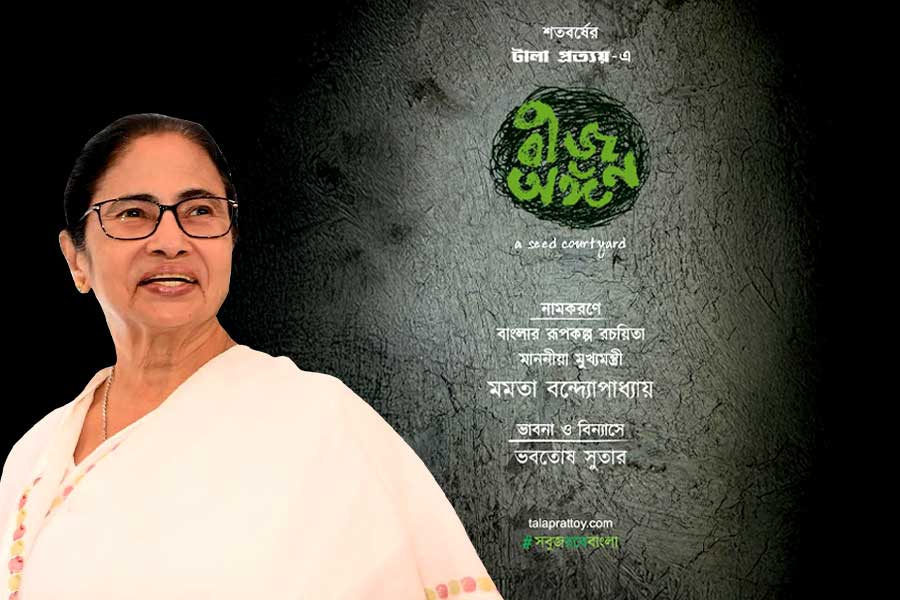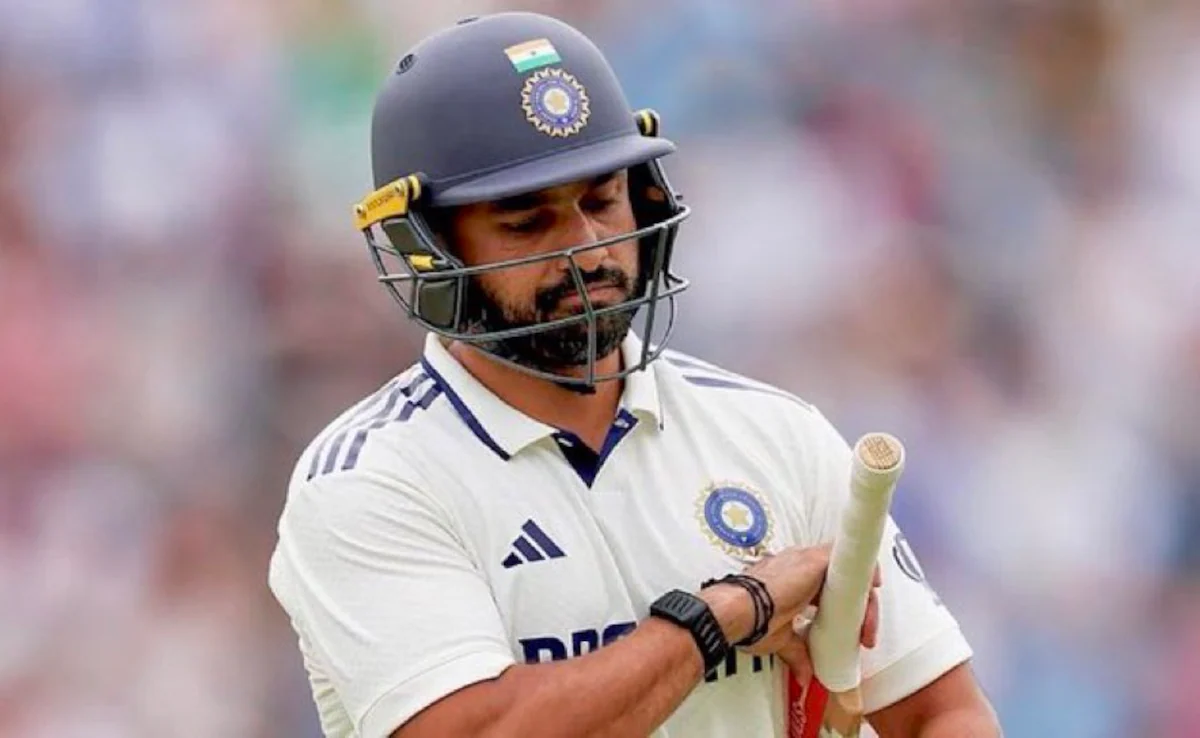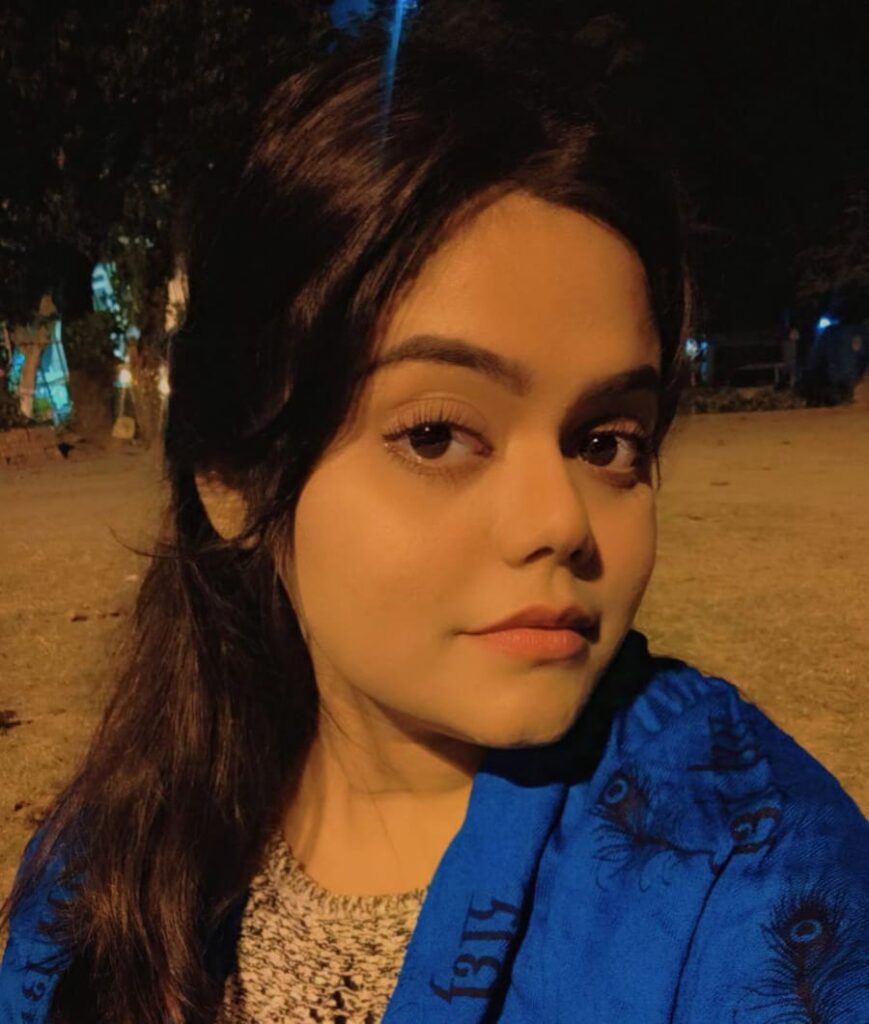
In a jaw-dropping moment that galvanized the Indian art scene, Tyeb Mehta’s 1956 masterpiece Trussed Bull stormed the auction floor and fetched a staggering ₹61.8 crore, placing it shoulder-to-shoulder with Amrita Sher-Gil’s The Storyteller as the joint second-highest-selling Indian artwork ever. The historic sale unfolded in front of a buzzing crowd at Saffronart’s 25th Anniversary Live Auction in Mumbai on April 2 — a night that will be etched in South Asian art history.
Drawn from the late artist’s estate, the riveting oil-on-canvas sparked a bidding frenzy, captivating collectors and connoisseurs alike. Inspired by an Egyptian bas-relief of a bound bull that Mehta had seen at the British Museum during his stay in London in 1954, the painting embodies a raw intensity and profound symbolism that has made it one of his most emotionally charged works.
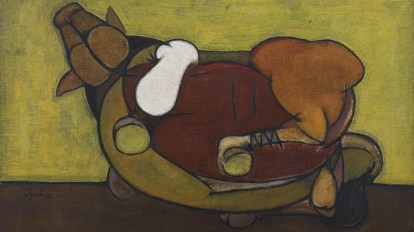
The only Indian painting to surpass this benchmark remains M.F. Husain’s Untitled (Gram Yatra), which shattered records at Christie’s New York just weeks earlier, hammering at an eye-popping ₹118 crore.
Art world insiders had long anticipated a strong showing for Mehta’s bull — and it did not disappoint. “The genius of this work lies in its stark simplicity and sheer emotional weight,” said Dinesh Vazirani, CEO and co-founder of Saffronart. “Mehta distilled the essence of his subject with bold, definitive strokes. The impasto texture, the dramatic black contours — they’re not just artistic choices, they’re psychological statements.”
Born in Kapadvanj, Gujarat, and trained at Mumbai’s Sir JJ School of Art, Mehta was captivated by the image of the bull early in his career. The powerful animal became a recurring motif after he observed them near Kennedy Bridge and at a slaughterhouse in Bandra. The juxtaposition of brute strength and helpless vulnerability left a lasting impact, resonating deeply with his own emotional struggles and the traumatic memory of witnessing a man being butchered during the Partition riots — an experience that haunted and shaped his creative journey.
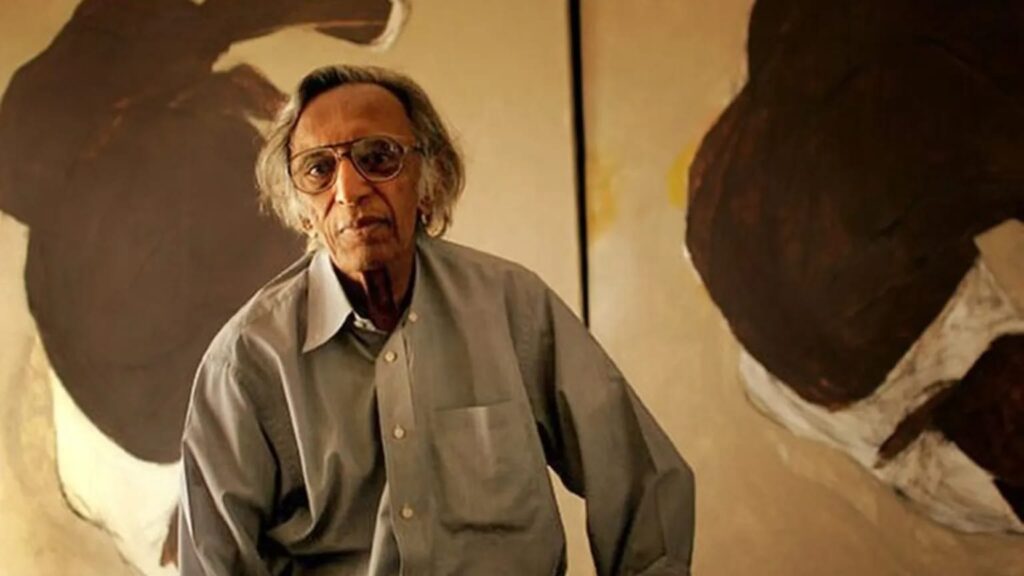
In a candid interview with art historian Yashodhara Dalmia, Mehta once revealed: “The trussed bull meant everything — it was energy restrained, life being pinned down. Watching those animals tied and thrown to the ground… it was like seeing something vital being stripped away.”
Over the years, the bull came to symbolize humanity’s unfulfilled potential, societal oppression, and Mehta’s personal anguish. The work marks a pivotal chapter in his evolution, bridging his early figurative approach with the fractured planes of color that would become his signature style in the decades to follow.
Beyond the spotlight on Trussed Bull, the Saffronart auction delivered a blockbuster performance, with multiple artworks smashing through estimates. By the night’s end, the total sales figure had soared to ₹217.81 crore — setting a new record as the most valuable auction of South Asian art to date.
The timing couldn’t be more poetic: 2025 marks Tyeb Mehta’s birth centenary. A founder of the iconic Progressive Artists’ Group, a trained film editor, and a Padma Bhushan awardee in 2007, Mehta’s legacy now stands even taller — his trussed bull, once restrained, has now charged its way into history.




